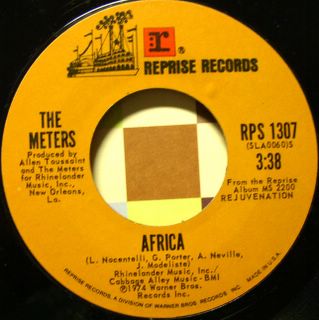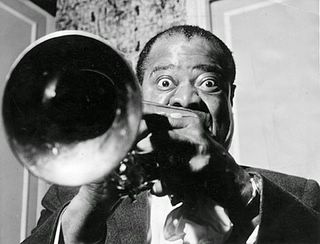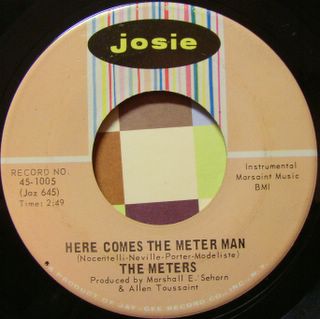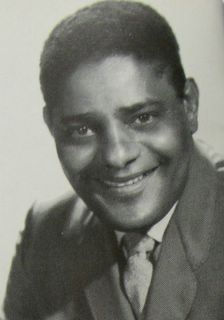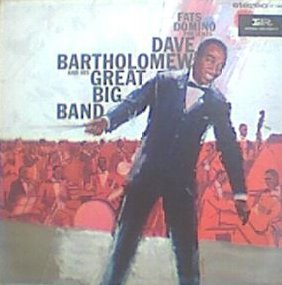Beats The Hell Out of “Old Lang Syne”

"Fear, Hate, Envy & Jealousy" (Cyril Neville)
Neville Brothers, Nevillization, Black Top, 1984
Hope you got Nevillized
I wanted to end the year with a message song, so I wouldn’t have to pontificate anymore in my short time between road trips. And when it comes to message songs and pontificating, you can’t beat Cyril Neville. Sometimes his are more like manifestos set to music – had he come up a little later he would have been quite a rapper – but, when they click, the music and lyrics make us think, and dance. Such is the case with “Fear, Hate, Envy, & Jealousy”, where, with the Neville Brothers band live at Tipitina’s in 1982, Cyril puts his own list of sins deadly to the world (what, no greed?) to a funky groove, courtesy of ‘Mean’ Willie Green, with a nice Caribbean feel to it. His brother, Art, helps out with the vocal. I took this cut from the band’s 1984 Neville-ization LP on Black Top, which has been re-issued several times on CD via other labels, as well.
The Neville Brothers have had a rebirth of their own since they found their groove again on their Walkin’ In the Shadow Of Life CD in 2004. As I have said here previously, I think Ivan Neville’s return to the band on keyboards, arranging and songwriting brought their sorely missed groove back; and his added vocals give the mix a bit more of a rough, dark edge – and that’s a good thing. The record is worth picking up. Now, I’ll try to shut up and let Cyril and Art sing it; but I can’t help thinking of Syriana, which I saw last night, when I hear it. Have a happy and safe new year. Keep New Orleans on your radar and the map. See you next week.
The band on stage for this gig was
Art Neville: keyboards, vocals
Aaron Neville: vocals, percussion
Charles Neville: saxophone, percussion
Cyril Neville: congas, percussion, vocals
Ivan Neville: keyboards, vocals
Darryl Johnson: bass, vocals
Willie Green: drums
Brian Stolz: guitar

